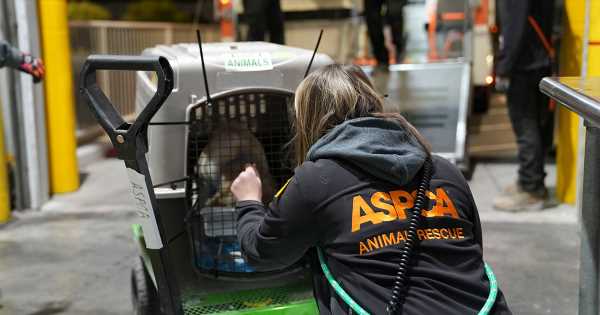
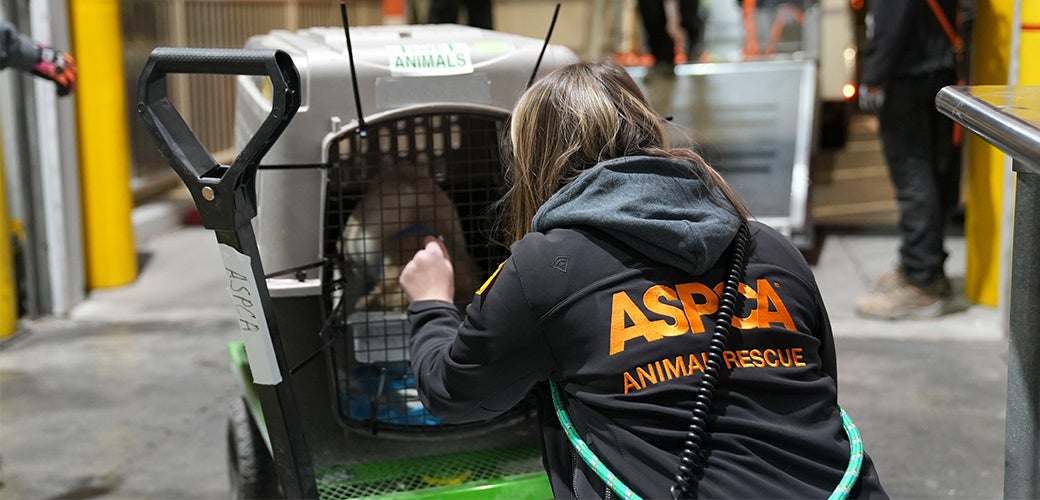
The ASPCA recently flew nearly 100 large breed dogs rescued from horrific conditions outside of Las Vegas to our Cruelty Recovery Center in Ohio to receive critical medical care, behavioral treatment, sheltering and enrichment to prepare them for adoption.
The unprecedented transport marks a significant milestone for us, as the Caucasian Shepherds, some approximately three feet tall and weighing over 100 pounds, are too big for standard-sized dog carriers. Additionally, the number of dogs of this size could not fit in a commuter aircraft, severely limiting options for them to be relocated from the temporary emergency shelter where they were housed to a facility where they can receive the specialized rehabilitative care they require.

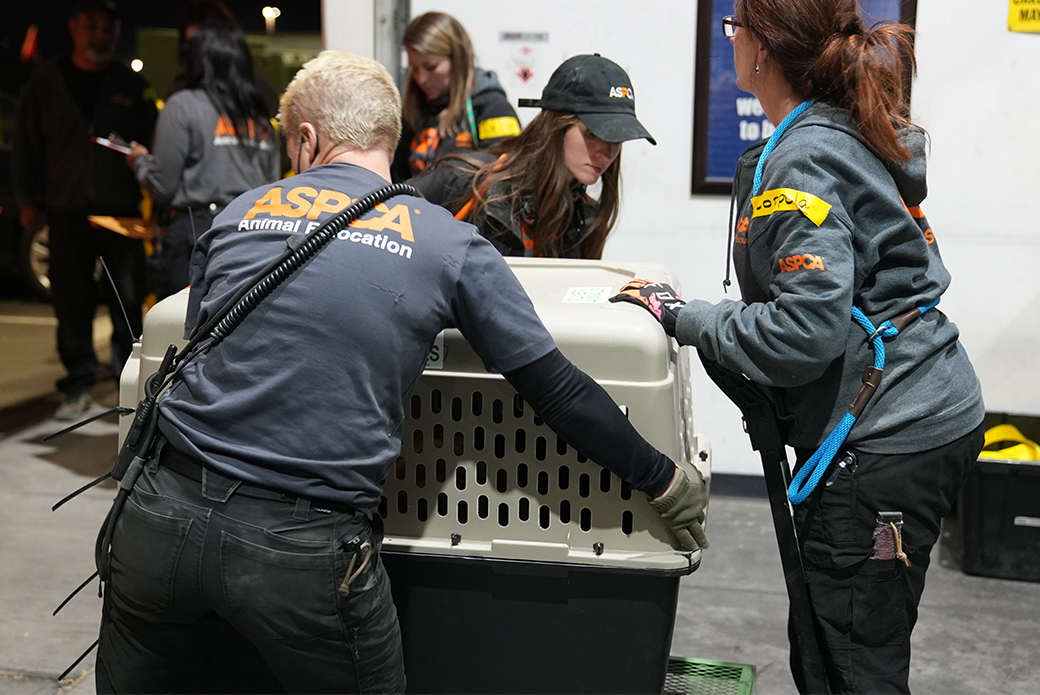

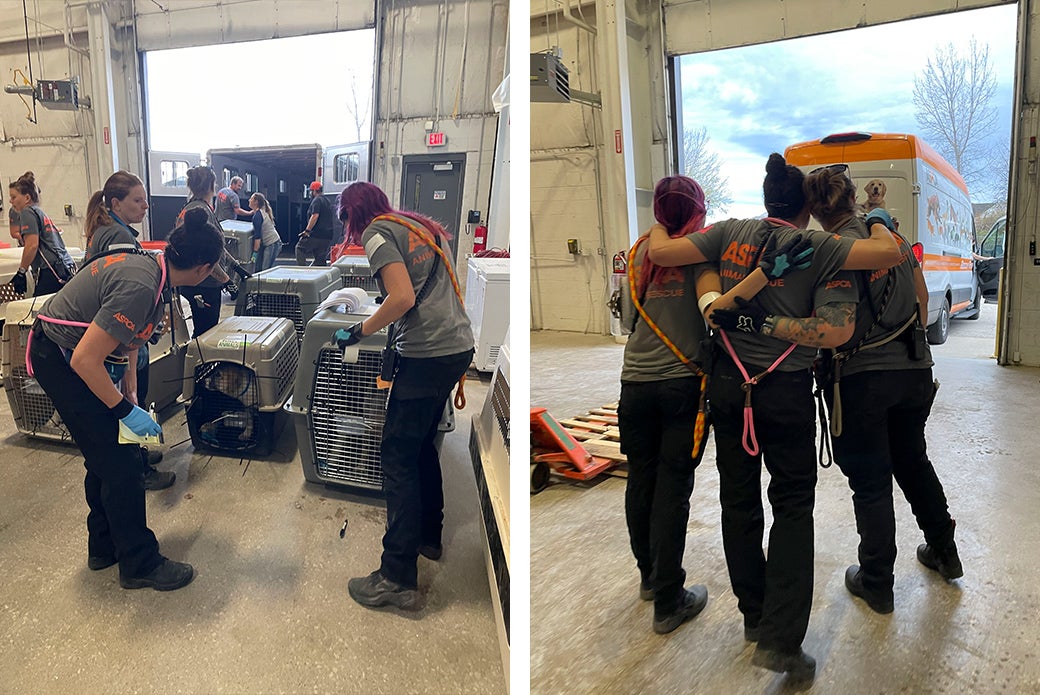
To overcome these challenges and safely move the animals, our teams utilized dog crate risers to modify the largest available flight-approved dog crates. The use of these larger crates and the number and size of these giant breed dogs also required the use of a chartered 747-cargo plane–the first flight of this type in animal welfare.


“The Nevada dog transport was a once-in-a-lifetime experience,” says Monique Ward, Flight Manager for the ASPCA Animal Relocation team, who has completed around 260 animal transports in her time with the ASPCA. “It was beautiful to see the collaborative efforts of different ASPCA departments come together to form perfectly working interlocking gears.”


Monique’s main role during this effort was to ensure that all USDA regulations for flight transportation of animals were followed to the letter. She examined each animal in its crate to ensure proper sizing, bowl placement, live animal placement, and correct paperwork for travel before the flight. She also accompanies the animals during their travels.

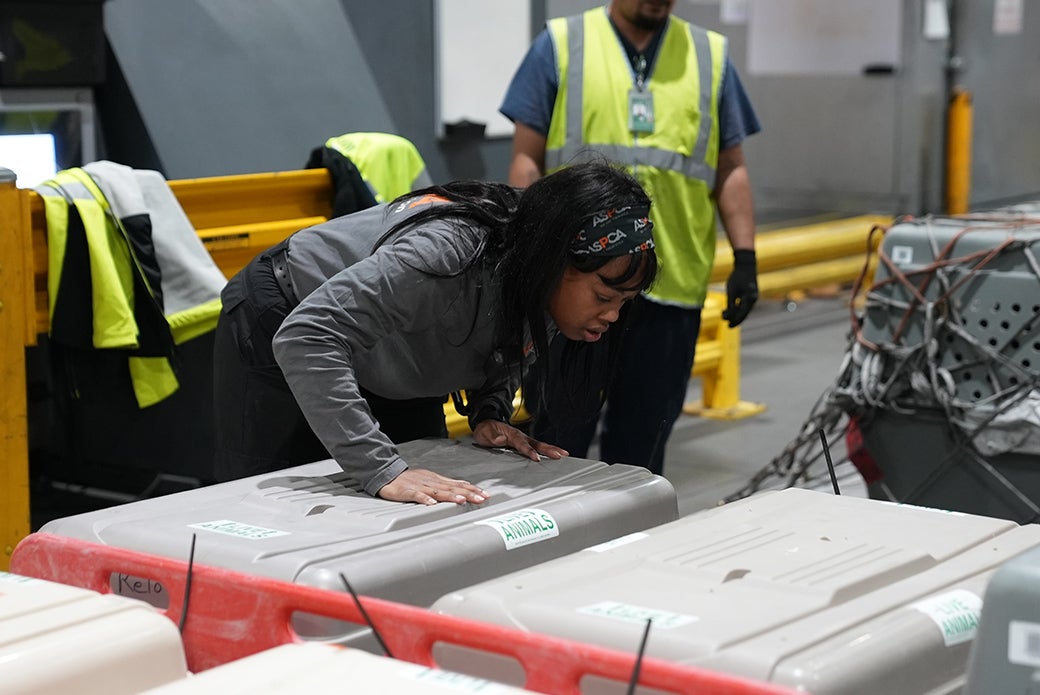
Since this transport was unlike any other, test runs were conducted the day before the flight using empty kennels with heavy bags of dog food to weigh them down to ensure that loading the animals would go smoothly the next day.
“Transporting this number of animals, especially dogs as large as these, requires immense planning, collaboration and preparation,” says Karen Walsh, Senior Director of ASPCA Animal Relocation. “Our teams had to work closely to not only come up with solutions to safely transport these dogs but also to execute the transport in the safest, most efficient way possible. Our planning and expertise has ensured these dogs can now receive the specialized care they need.”

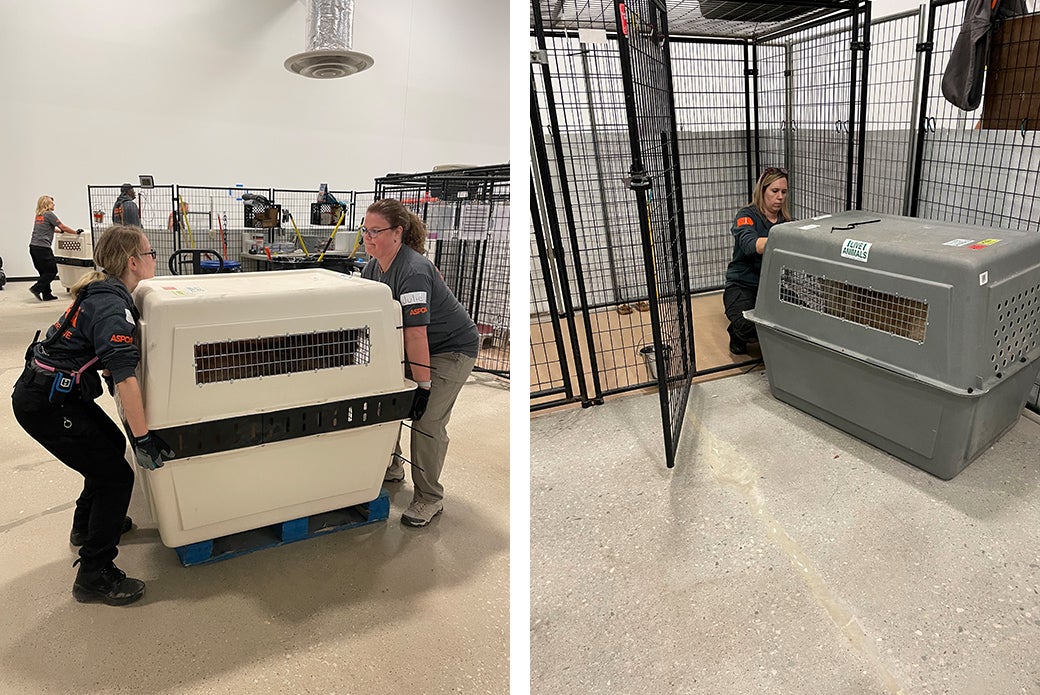
At our CRC, our expert staff will continue to provide these dogs with behavioral treatment to help them learn how to interact with people and become comfortable living their lives as pets.
“The ASPCA is uniquely positioned to provide longer-term, specialized care for these vulnerable dogs at our rehabilitation facility, which is designed to help animal victims of cruelty and neglect recover and receive the second chances they deserve,” said Matt Bershadker, ASPCA president and CEO. “Without expert behavioral treatment, many of these dogs would not be candidates for adoption, so we’re proud to move them to safety and professional care through our animal relocation program.”

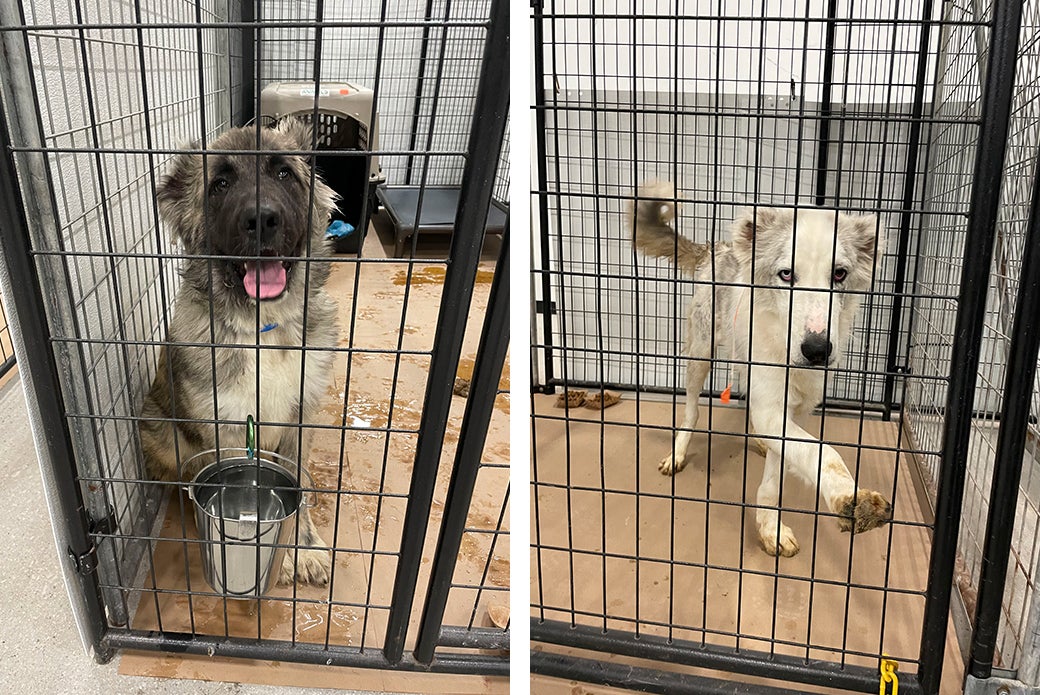
We have been on the ground for more than two months assisting with daily care and providing medical and behavioral support for these dogs and seeing many of them begin their journeys toward recovery is a heartwarming part of our work.

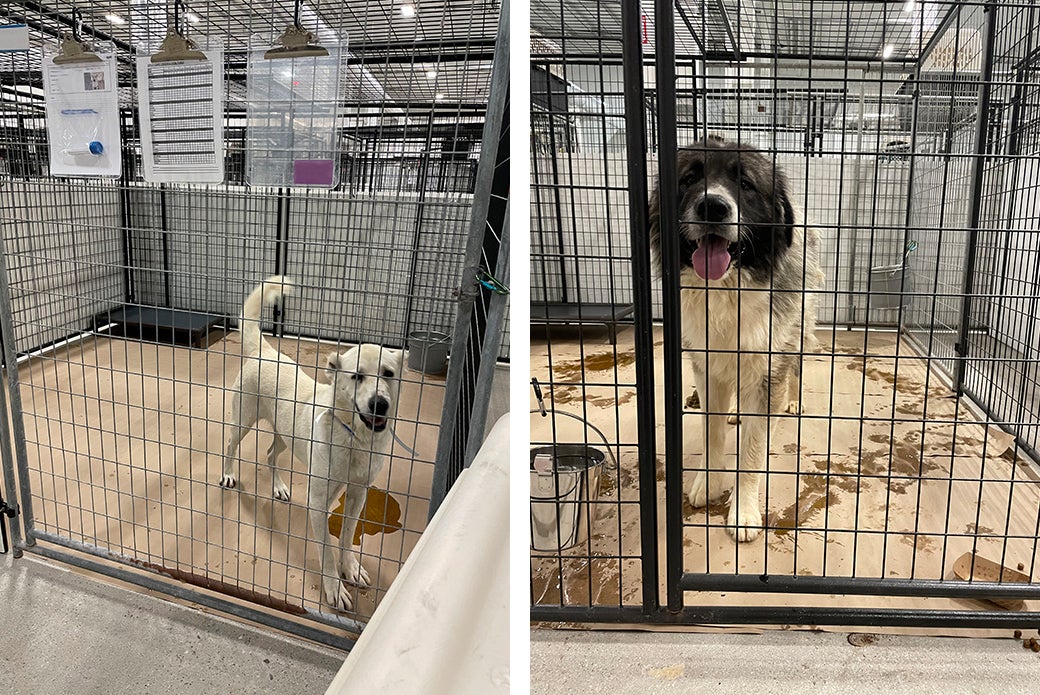
“It can be very emotional knowing the animals you have worked so hard to save are finally going to a place with better opportunities for them,” Monique adds. “I am lucky enough to see the smiling faces on both ends and in between.”
Source: Read Full Article
